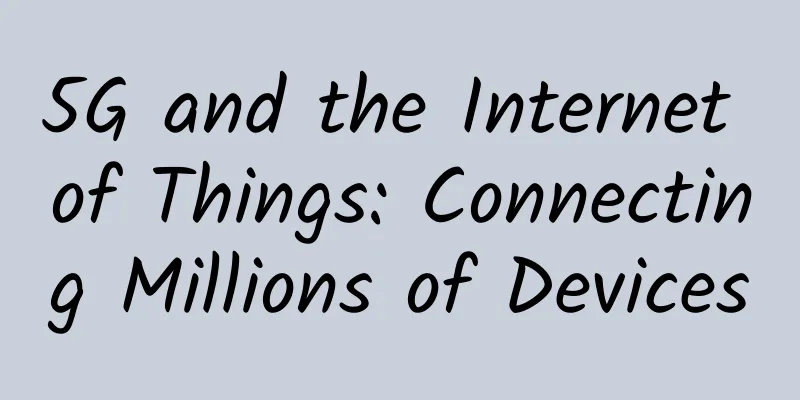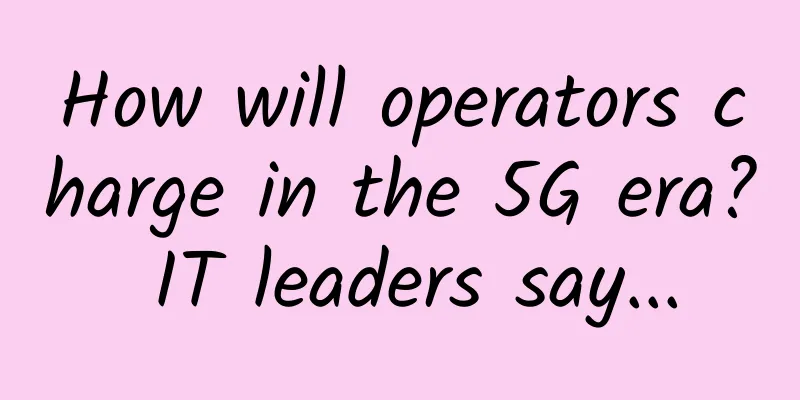5G and the Internet of Things: Connecting Millions of Devices

|
As the number of connected devices continues to grow thanks to the Internet of Things (IoT), higher speeds and lower latency will enable autonomous devices to communicate with each other faster and with greater confidence, making decisions and subsequent actions more effective. Increased speed and reliability will lead to greater safety and lower costs. What is the Internet of Things and what are its usesThe best way to understand the Internet of Things is to understand its uses. Direct communication between devices has many uses and can simplify, improve and automate processes of a different nature in different fields, such as industrial processes, autonomous mobility or the digitalization of various sectors. At this point, we once again encounter 5G as a support for high-power infrastructure to ensure a more secure and stable connection for tens of thousands of smart devices at the same time. 5G is the fifth generation of mobile networks, an improved and enhanced version of the previous generation 4G; it increases the capacity that the 2010 infrastructure can provide a thousand-fold, which is the real disruption. Before 4G, mobile networks were designed by people and for people, even though everything started to be connected from 2G. 4G was the first version developed with the Internet of Things in mind, which has different requirements and needs from people. NB-IoT is an example of this, with its focus on device simplicity (thus reducing costs) and maximizing battery life to the unexpected limit of more than 10 years. This comes at the expense of speed and latency, but for some IoT applications, speed and latency are not important, simplicity and battery life are. As mentioned above, the technology supports the growing number of connected devices in various fields such as Industry 4.0, telemedicine, education, streaming broadcasting, connected vehicles and smart cities. Why is 5G important for the Internet of Things?The impact of 5G will be closely related to the number of devices connected simultaneously in different regions. For example, at the home level, home appliances, security or entertainment systems will help us feel more comfortable at home. The importance of low latency is particularly evident in fields such as industry or healthcare, and in some cases, being able to operate remotely in near real time may become critical. While 4G was already a significant step forward, 5G is evolving the network to accommodate an order of magnitude increase in the number of machines connected to the network. In this context, today, as a general rule, mobile networks offer less than one IoT device for each “mobile” person, but this will soon change, and in a few years, each “mobile” person may be connected to two or three IoT devices. 5G and IoT Application ExamplesConnected CarIn terms of connected cars, understood as vehicles with internet access that can receive and transmit data, the push for 5G and IoT will help improve road safety while reducing costs and pollution. By being able to predict dangerous situations, one report estimates that connected cars could save 11,000 lives and eliminate 260,000 accidents each year worldwide, reducing health problems and even economic losses. Additionally, pollution caused by traffic jams will be reduced because traffic jams can be prevented and drivers will be able to modify their routes by using alternative routes. Industry 4.0Advances in 5G and IoT can drive progress in the industrial sector by adapting operators’ tasks to the work of machines and the data they generate. Some of the positive aspects arising from the combination of connectivity and the production sector include: ● Improve energy efficiency through real-time monitoring of energy consumption and emissions. ● Improve business profitability by reducing costs and providing improved services. ● Control machinery to reduce risks and accidents. ● Improve production quality by minimizing potential human risks and reducing manual operations. TelemedicineAs we have already mentioned, 5G has almost zero latency, which helps to enable remote real-time work, for example, surgical interventions thousands of kilometers away. With the Internet of Things, patients can be monitored remotely, which is especially useful if we are talking about people with chronic diseases or the elderly. in conclusionHaving more and more connected devices that can also transfer information faster will allow different sectors to benefit from advantages in different areas, such as safety, sustainability or productivity. |
<<: Several steps and tools for troubleshooting the network
>>: 5G cybersecurity market to reach $16 billion by 2028
Recommend
Network Basics: How IP and MAC Addresses Work
Both IP addresses and MAC addresses identify devi...
During the epidemic, network security is also very important. Learn about the features of IPSG in one minute
1. Basic Concepts of IPSG IPSG is the abbreviatio...
Ministry of Industry and Information Technology: Plans to build 600,000 new 5G base stations in 2021
On January 26, the State Council Information Offi...
ZJI's new Hong Kong VDS superset series 20% off 450 yuan/month, Platinum 8352Y/16G memory/240G SSD/10M CN2+BGP
This month, ZJI launched a new series of Hong Kon...
5G reveals three aspects of value in eliminating educational anxiety and chronic diseases
Education is a national priority, and it is vital...
Why is your home internet so slow? Here are all the answers!
Often when you surf the Internet at home, you wil...
[11.11] CUBECLOUD 15% off all items, Los Angeles special monthly payment starting from 20 yuan, annual payment buy one get one free
CUBECLOUD is a Chinese hosting company founded in...
Breaking news: Why has Huawei LampSite won the GlobalData Indoor Small Site Rating for three consecutive years?
Recently, GlobalData, a telecommunications indust...
[Christmas] ColoCrossing 35% off: $2.57/month-1GB/25G SSD/20TB@1Gbps/Los Angeles & New York Data Center
I just shared the news of ColoCrossing's 25% ...
The first step in learning networking: a comprehensive analysis of the OSI and TCP/IP models
Hello, everyone! I am your good friend Xiaomi. To...
China's three major operators will be delisted in the United States on March 9
On January 28, China Telecom, China Mobile and Ch...
4G network speed slows down? Ministry of Industry and Information Technology talks with three operators on this issue
On the 22nd, the Ministry of Industry and Informa...
WiFi optimization has tricks to surf the Internet without fighting
During the Dragon Boat Festival holiday, it is ne...
How is the UK train network going digital?
[51CTO.com Quick Translation] Dennis Rocks, produ...
Omdia: Global Gigabit Broadband Users to Reach 50 Million by 2022
According to the latest report released by market...









